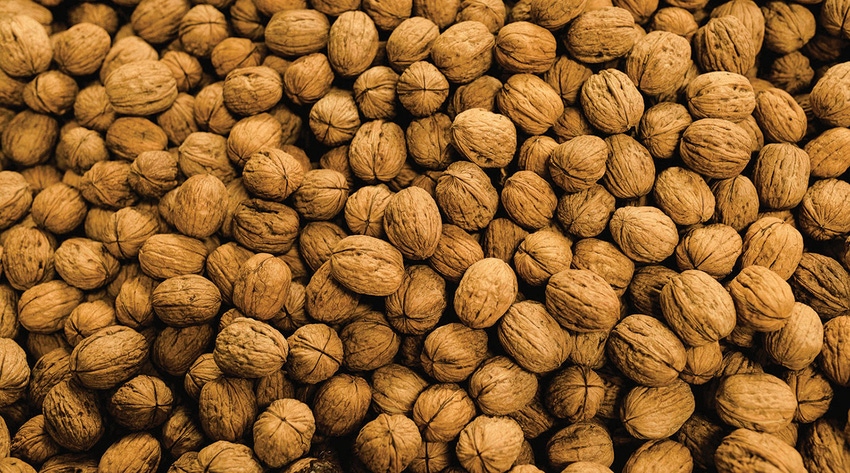
If you believe in total transparency in communication, nut crops breeder Pat Brown, professor at University of California, Davis, is your kind of guy.
Speaking at the University of California Cooperative Extension Virtual Walnut Series, he told it like it is from his perspective. “We can have a friendly disagreement over exactly how long it’s going to take for the climate to change to the point where Chandler is not a good choice for the San Joaquin or Sacramento valleys," he said.
"We’re at the warm end of the range where walnuts are grown,” he said. “We’re already losing our chilling opportunities and we know it’s going to happen further. We’ve got to face the problem head-on.
“So my take-home message is this: We can’t stick with a late-leafing, blight-avoidance scenario forever and that includes most of the varieties we rely on now, like Chandler and Howard,” he said. “You may not like to hear the message, but it’s clear we can’t rely on them as conditions change. So, can we surpass those varieties? We’re going to have to ultimately replace them because projected climate change will make then unreliable.”
That got the attention of the 500-plus virtual attendees who logged on to hear Brown discuss an overview of UC walnut varieties and the Walnut Improvement Program.
“While we’re always hoping to increase grower profitability and drive up consumer demand, our experiments are targeted on nut/kernel quality, blight resistance, and more and more, on diminished chill hours in the Central Valley where, in future decades, we’ll be looking at lower chill and earlier leafing requirements,” he said. “And that means we’ve got a ton of work to do in developing short season varieties that are also resistant to blight and husk fly.
“While we make 1,500 new English walnuts per year, there’s a limit to how much controlled crossing with bags and syringes that we can do in a short season,” he said. “We need to increase those numbers of potential new nuts in search of some more contemporary workhorses like the Chandler and Howard.”
Wolfskill awaits
Those kinds of comments require some follow-up detail about the two dozen varieties that have been released in the last half century or so, including the promising Wolfskill announced earlier this year.
Wolfskill, bred from a cross between Chandler and Solano, has yield, quality, and light color similar to the late-harvesting Chandler, but will mean about a 10-day to two-week earlier harvest for growers who can now spread out their efforts.
“That’s enough to make a discernable difference depending on how many shakes you’re doing,” Brown says. “You could be doubling your harvest window if you’re moving from Chandler to a mix with Wolfskill or the even-earlier Ivanhoe that will double your harvest window. Theoretically you could farm twice as many acres with the same equipment.”
Given the opportunity to create an ideal variety, Brown says it would have to be one with true blight resistance as well as having an extra-long shelf life to help grow domestic demand.
To diminish the Doom and Gloom factor, he notes: “We’re planning far into the future here which is something we need to do because walnuts take a long time. We’ve got to face these climate change-induced problems head-on and be leaders in worldwide walnut production.”
About the Author(s)
You May Also Like




